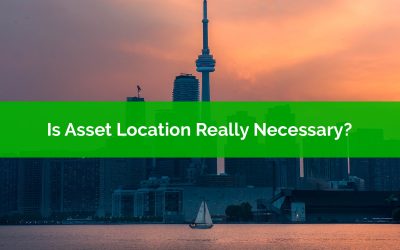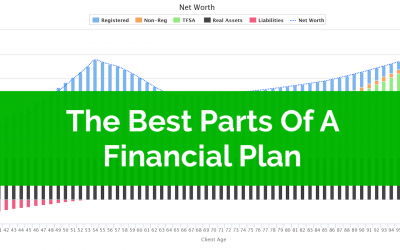Thank you for joining the waitlist!
You’re on the list for early access!
We will contact you via email when we’re ready for you to start your self-directed financial plan. In the mean time here is a quick preview…
Check out our latest blog posts…
What Is Your Risk Profile?
What is your risk profile? This is a key question for every investor, yet I suspect it doesn’t get the attention it deserves.
Everyone sees risk differently. Some people don’t worry about risk at all, it doesn’t keep them up at night, it doesn’t cause them any stress. To them, not taking risks seems like a waste of time and resources. They’re risk seekers.
On the other hand, some people are deeply affected by risk. It causes them to worry, to always focus on the negatives, to think about all the things that could go wrong. For them, risk causes stress and sleepless nights. They’re risk averse.
Then there is everyone in-between. People who aren’t risk seekers, but who aren’t risk averse either. They see the benefit of risk, but it makes them a bit uneasy.
Choosing the right risk profile isn’t easy. There are a lot of factors to consider. Going too far one way or their other can cause issues over the long-term. But sometimes it takes some real-world experience before you can safely say what you’re risk profile truly is.
Is Asset Location Really Necessary?
Asset location is the idea that certain assets are more tax efficient when held in certain types of accounts. Different assets classes, and more specifically different types of income, are taxed differently in Canada. Dividends are treated differently than capital gains which are treated differently than interest income. Even certain investments inside “tax free” accounts like the TFSA and RRSP can sometimes lose money to taxes but many people may not realize this.
When you’re just starting out you might hold bonds/fixed income, Canadian equities, US equities, and global equities all in one account (probably the TFSA if you’re just starting out). When you’re just using one account, asset location is less of a concern, but once you start to use a second account (maybe an RRSP), then you may want to ensure you have the right asset in the right place to minimize the drag of taxes.
This becomes especially important after you’ve maximized your TFSA and RRSP and have started to use a non-registered account. Non-registered investments are fully taxable at your marginal tax rate so it’s a good idea to put the most tax efficient investments inside your non-registered account.
Taking advantage of an asset location strategy requires a bit of work. Rather than having the same asset allocation in each account (which is super easy to manage), it means having different assets in each account and managing asset allocation across the entire portfolio.
How much money do you need to have in non-registered assets before asset location adds value? $50,000? $100,000? $500,000? $1,000,000? Let’s take a look…
The Best Parts Of A Financial Plan
Financial planning is a fascinating process. When building a financial plan there are equal parts of finance (math, numbers, money etc), and personal (values, goals, risk aversion etc). This makes every financial plan unique. No two financial plans are the same. Even when two people start with the exact same income, assets, debt and expenses, the fact is their plan will differ because they have different goals and personal values.
Even though the plan may differ, there are certain parts in a financial plan that never change. There are net worth projections, income projections, cash flow planning, income and expenses etc etc.
In this post, I’m going to highlight some of my favorite parts of a financial plan. These are what I would consider to be the best parts of a financial plan, the most interesting, the best of the best. But it doesn’t represent everything. There are many great parts of a financial plan and the “best” part can differ from plan to plan.
For example, we won’t talk about government benefits below, but for many households, especially those with children under the age of 17, government benefits play a big role in their financial plan. We recently did a plan for a young family where a few small changes allowed this family to reduce their income tax and increase their government benefits by $100,000+ over the course of their plan! That would definitely be the best part of that plan!
What we will cover in this post are net worth projections, debt payoff plans, planning around different income sources, and how we understand the “success rate” of a plan.



